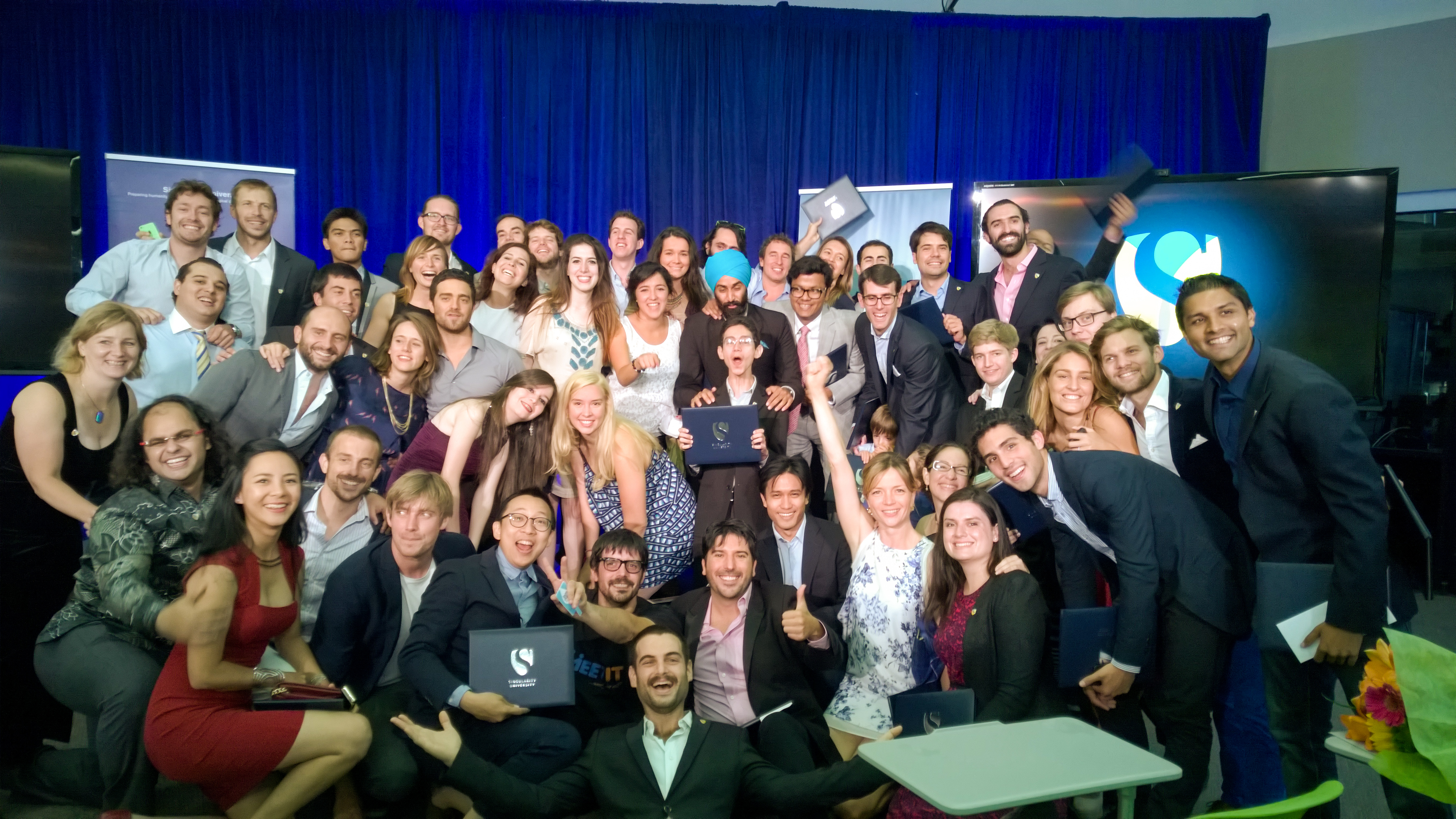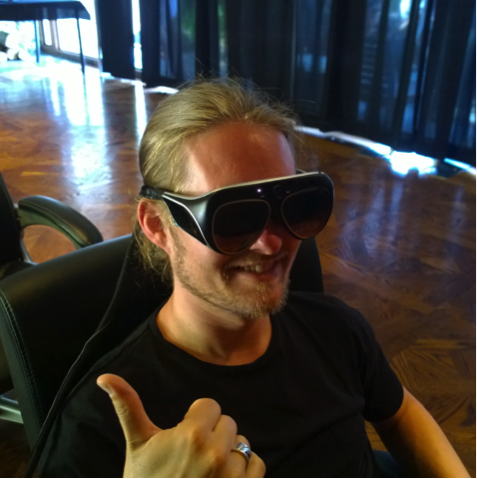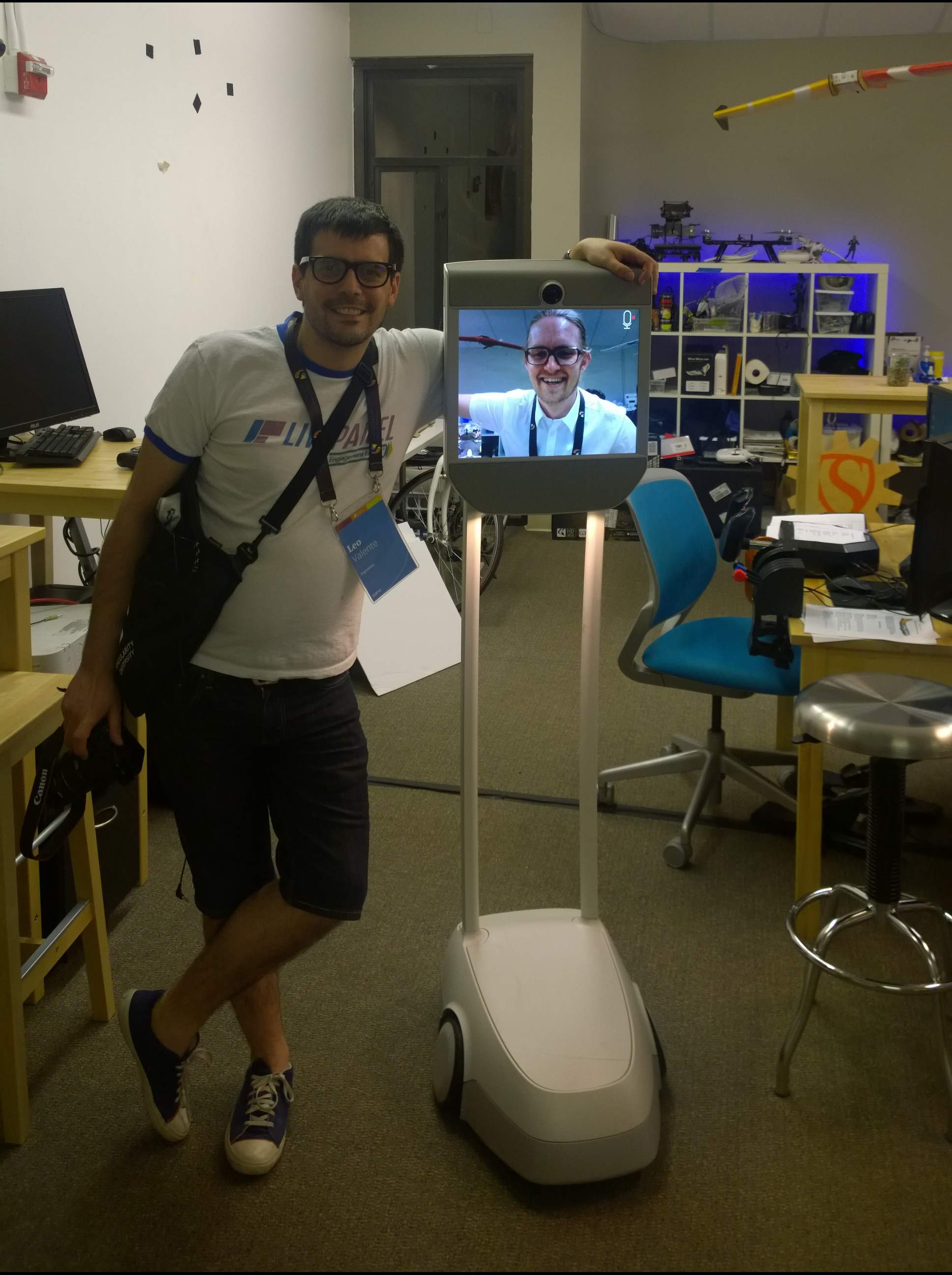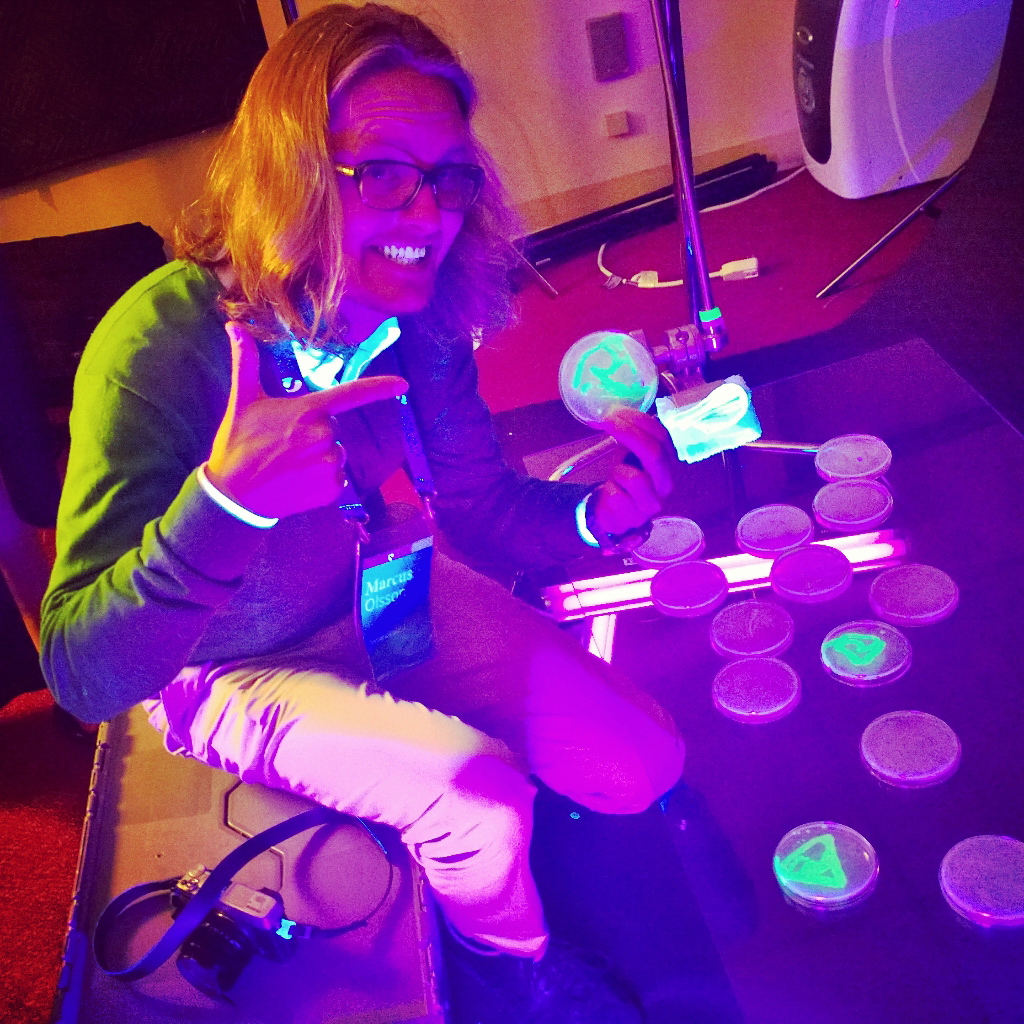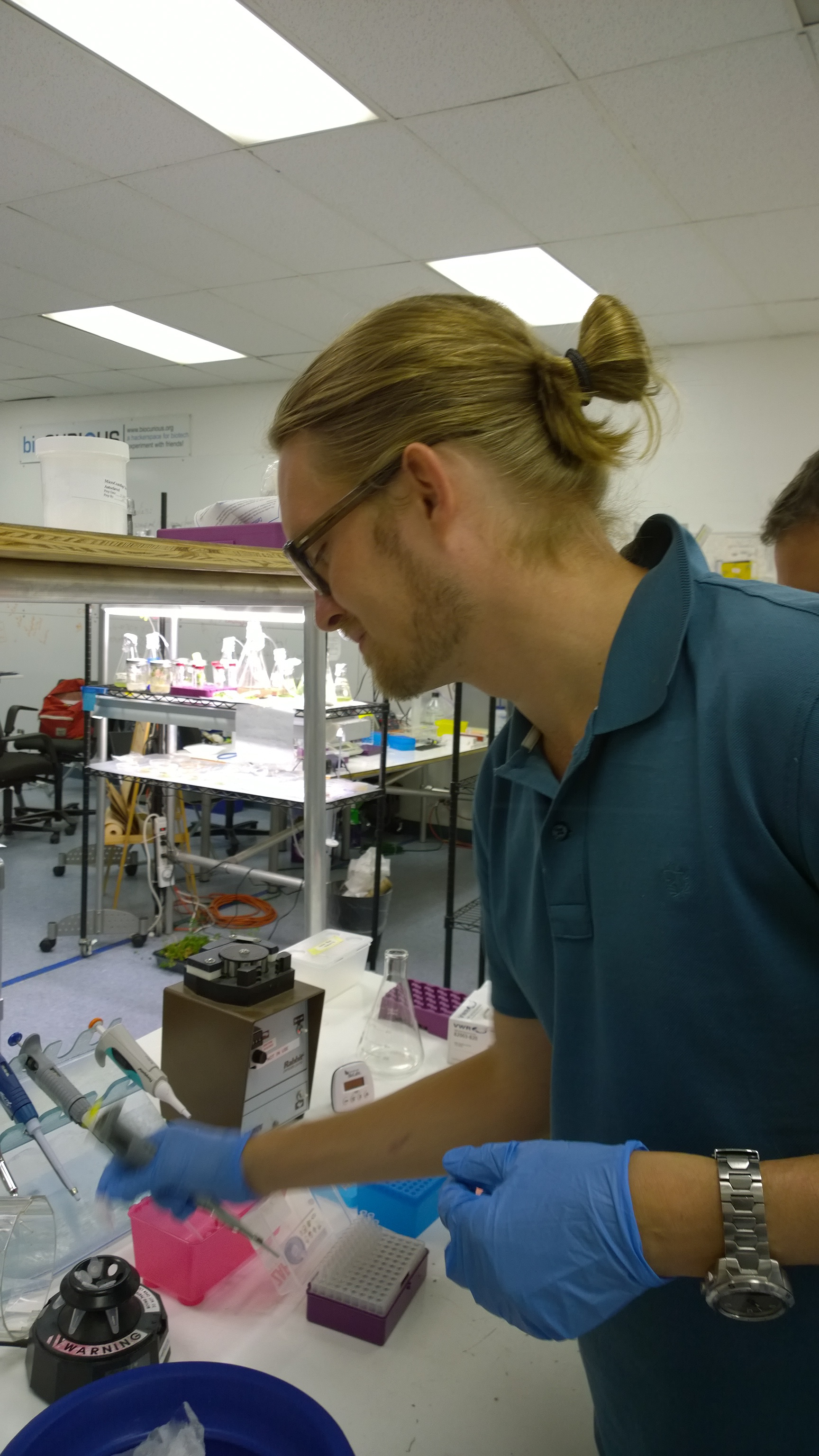In 2008 Ray Kurzweil and Peter Diamandis invited 100 of the most influential persons in Silicon Valley to the founding conference for Singularity University. During this conference Google’s CEO Larry Page stood up and said:
“If you’re bringing leading thinkers from across all these technologies, then focus on the biggest problems. We don’t have smart, thoughtful people addressing the biggest problems.”
And this is exactly what Singularity University is about. It’s a think-tank for big ideas, where bright people get together to learn how to use accelerating technologies to make a positive impact to the world.
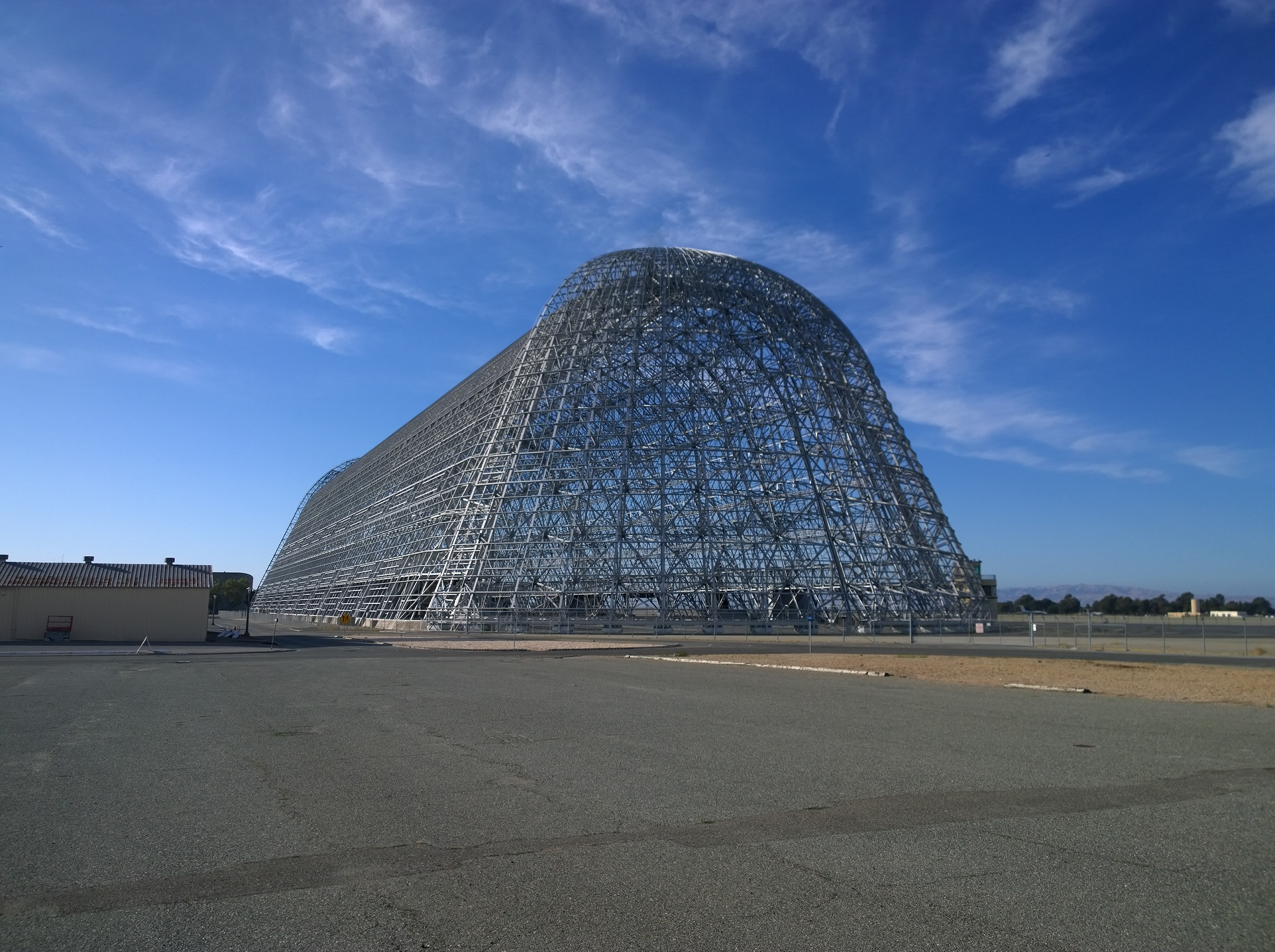
Before GSP
I first heard about Singularity University in 2011 at South by Southwest conference in Austin, where Ray, and Peter were both giving keynotes. They described Singularity University and it’s mission to educate future leaders in accelerating technologies, and positively impact a billion people in a decade. I felt that it resonated deep within me, as I’ve always believed that technology can help humanity. However it’s a double-egged sword, as the use of technology can be for good and for bad. What impact a new technology will have is determined by many factors, like how it is built, if its ownership is distributed or limited, and how it is regulated. For example, a surveillance system can help a government to fight a corrupted police force, but can also be used against freedom of speech to support a dictator. Installing a robot in a factory can lower the risk for health problems among the workers, but what about the unemployment? And with new technologies like bio-technology, genetics and artificial intelligence it’s going to be even more important to develop these technologies in a way that will benefit society.
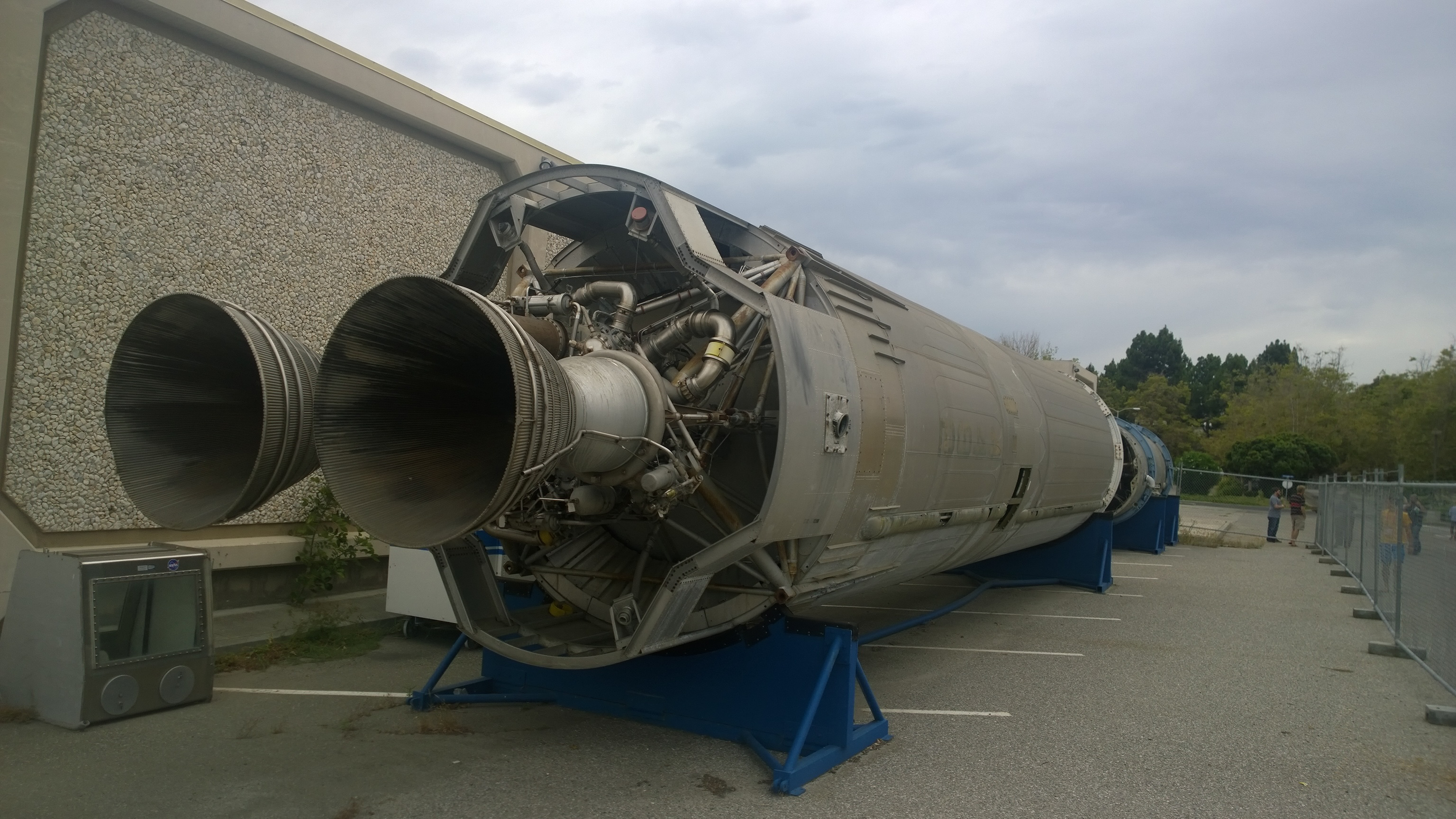
So I thought “I have to go to Singularity University! This is exactly what I want to do!”, and then life happened. I moved from Berlin to Helsinki, and I hibernated the idea. It was not until December 2013 that Aalto University together with KAUTE Foundation held an information session with previous year’s students Pia Henrietta Kekäläinen, and Hannu Rajaniemi that I decided to apply.
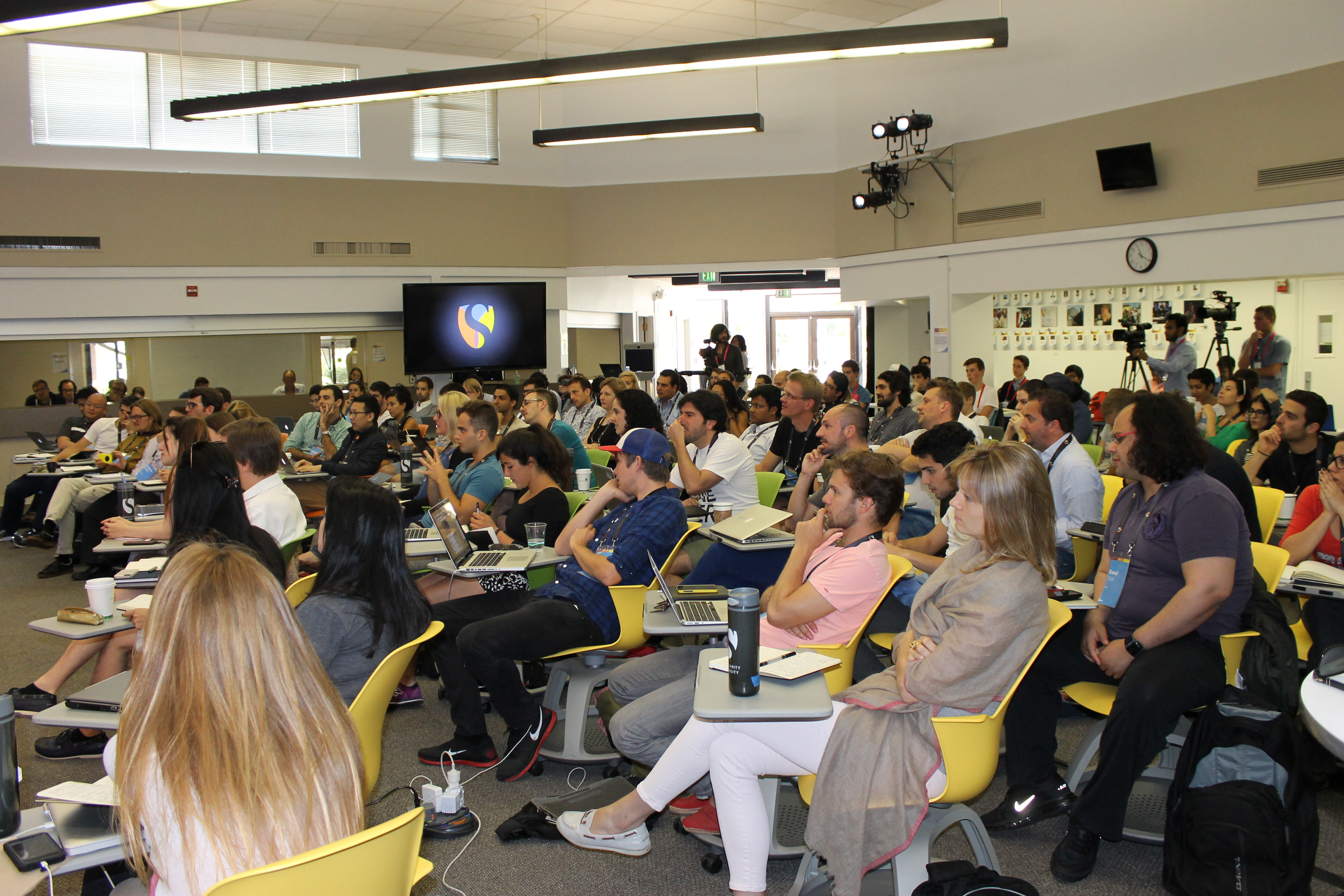
Singularity University has an Executive Program of about one week, which gives an overview of different technologies, but their real flagship course is the Graduate Studies Program (GSP). The GSP runs over 10 weeks every summer, has 80 participants, and gets around 4000 applications every year.
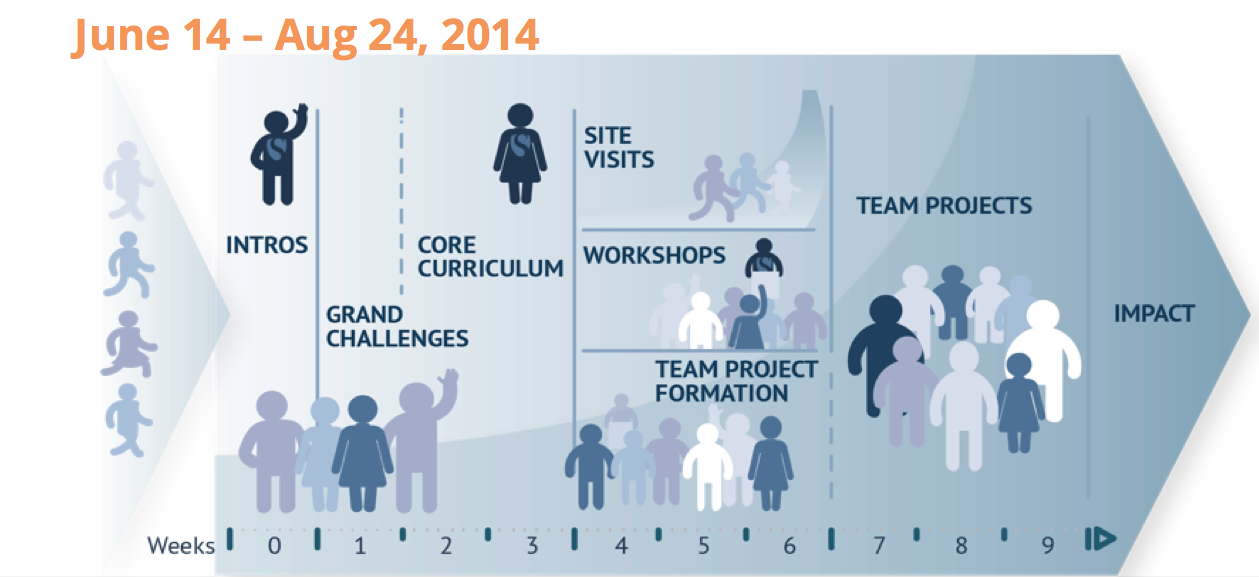
The application process was demanding, as I had to introduce myself in a 2-minute film, get 2 letters of recommendation, and write 5 essays on various topics. And then silence… After a few months without any answer I had almost forgot the application, but in April this year, I received an email from Singularity University inviting me to spend 10 weeks at the heart of Silicon Valley. As I tweeted the news with hash tag #GSP14, a number of unknown people picked up my hashtag and started re-tweeting me. They had received the same e-mail. I realized that I had just become part of a new global family of future thinkers.
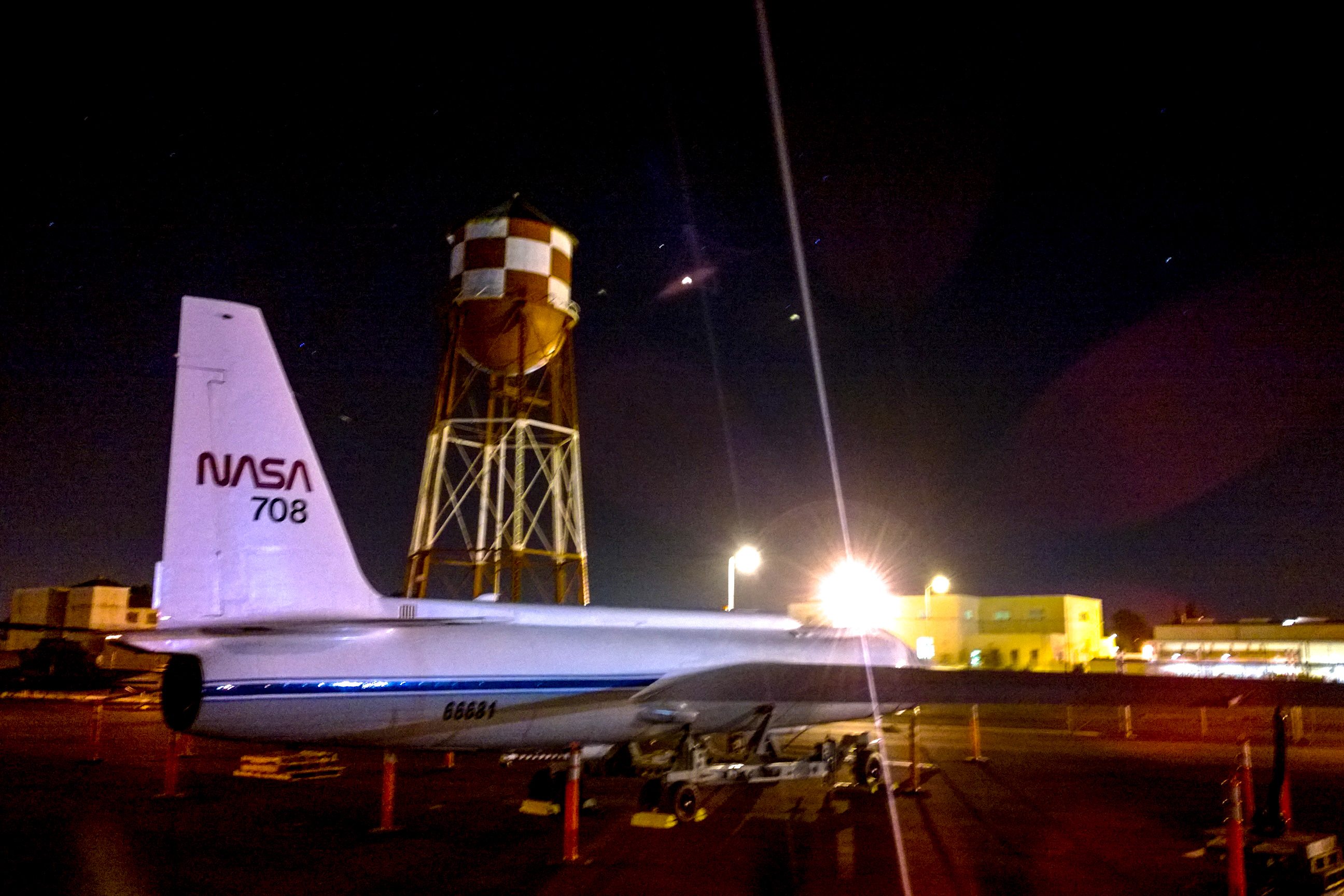
Thanks to a scholarship provided by the “KAUTE Foundation”, and “Technology Industries of Finland Centennial Foundation”, I was able to accept the invitation, and take 3 months off from work, to follow this once-in-a-lifetime chance, and help bringing cutting edge ideas from Singularity University to Finland.
Meeting the ”family”
As I arrived NASA Ames Research Park, and got to meet my new family, I realize that we were all in the same situation; A group of unique future-thinkers, who have left a safe life, to learn how to use technology to make social impact. Everyone’s story was unique, and it was exciting to get to know the other participants.
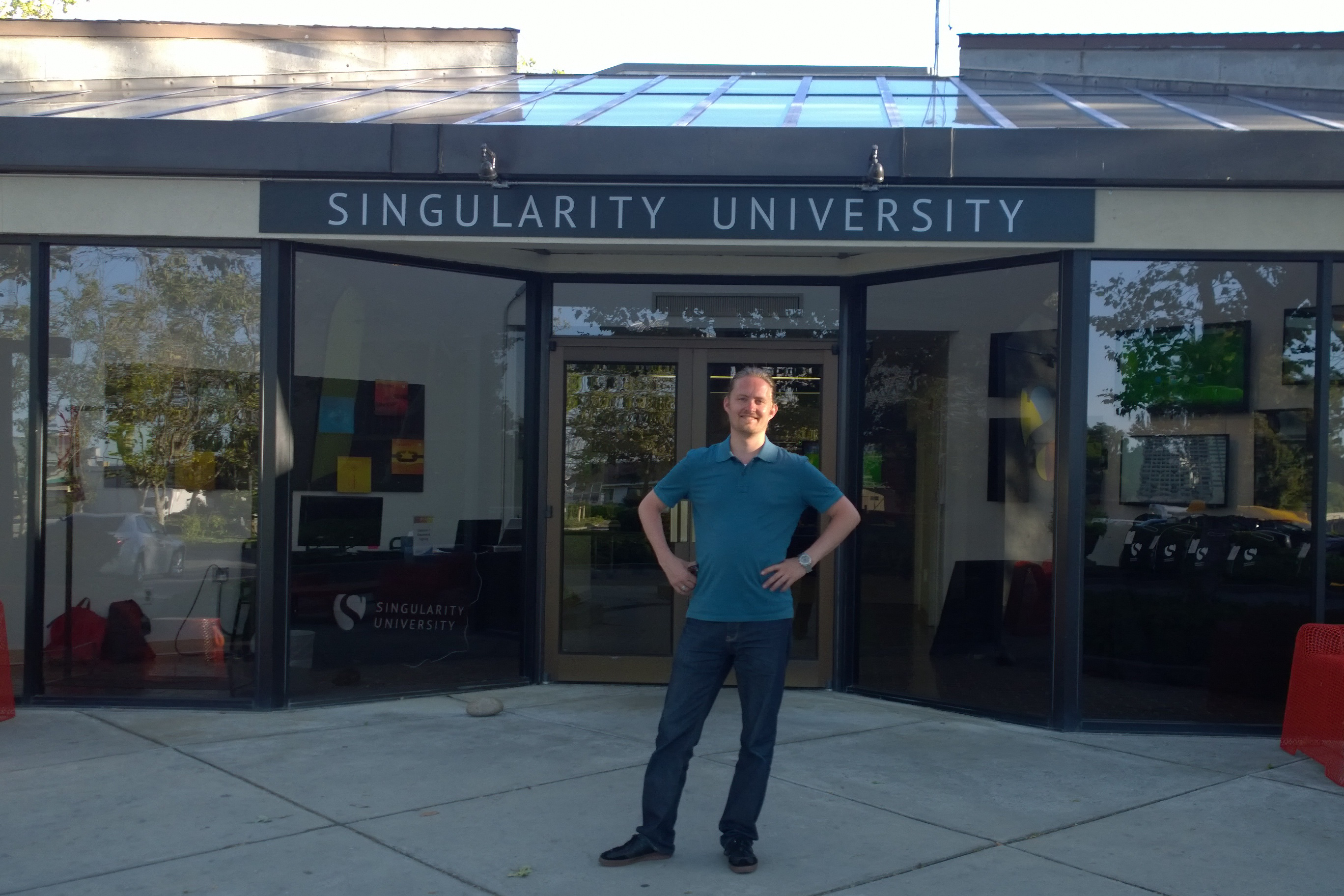
Just the first few days I remembered discussing the need of a gigantic space elevator, the potential in storing DNA using block-chain technology, and the risk that the planet might get covered in gray goo due to a bio-hack gone wrong.
SU is a very multi-disciplinary education, and the selection of applicants is focused on diversity. 20 out of 80 participants came to SU by winning the “Global Impact Competition” in their home countries, and 60 participants were – like me – selected from direct applications. Education background ranges from autodidact hackers to PhD’s. We had medical doctors, big data experts, peace-makers, finance experts, a comedian and even a politician planning to run for president.
Virtual- and Augmented Reality is in it’s deceptive phase. Meta’s ”space glasses” on the left. A BEAM telepresence robot on the right
Accelerating Technology
We are all there to learn about accelerating technologies and how to build businesses that make a real impact to the world, and the first 6 weeks were full of lectures, workshops and site-visits from 9 in the morning to 8 in the evening. Everyone participate in all the lectures, and follows the same tracks (see figure below).
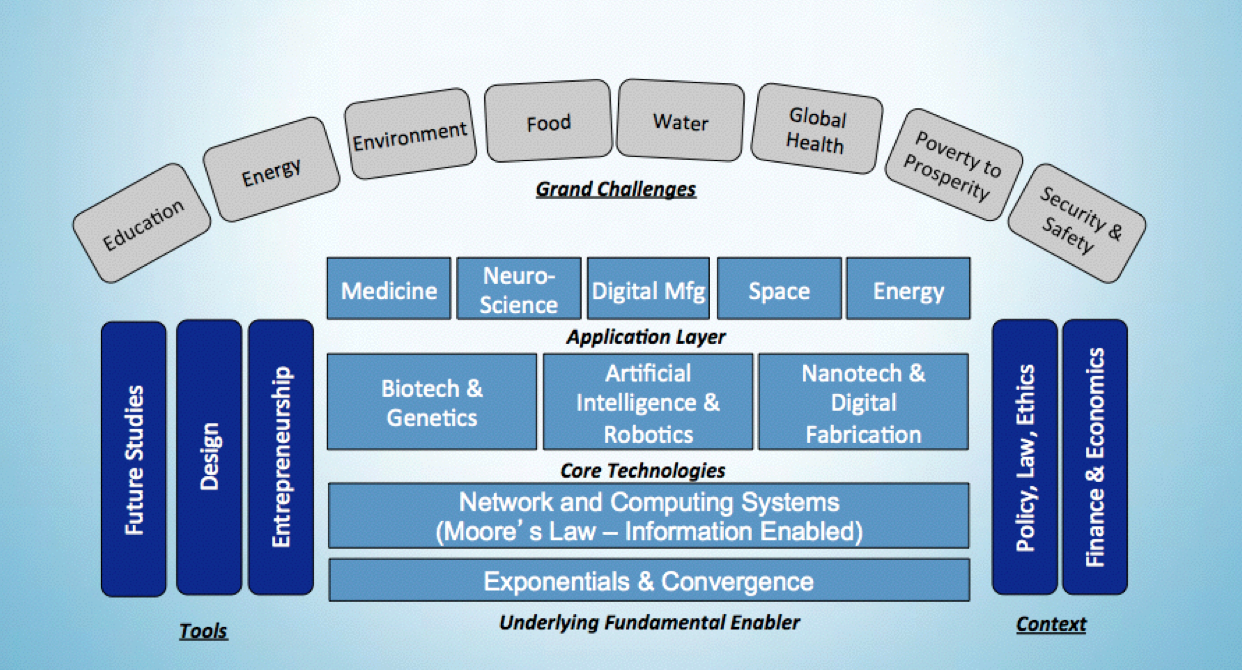
Some of the advances in technology that fascinated me was in the bio-tech space. We were visiting the synthetic genomics company DNA 2.0, and saw their “DNA-printer”, which can synthesise DNA-sequences up to 240KB (Kilo Basepair!!!) long. This enables new forms of micro-bacterial processes, which can basically turn anything into anything. Sounds pretty much like alchemy to me. One example of this is the neighbouring company Calysta, which turns methane gas into fish-food.
The bio-tech scene is booming in Silicon Valley, and we learned the basics of genetical modification and how to create a luminous bacteria
I was also very fascinated by the advances in AI and computer architecture. The combination of AI and Natural Language Processing will have a deep impact on many businesses. One area where this will be visible very soon is in healthcare, where AI systems already are starting to support doctors doing diagnosis. We had an interesting workshop with IBM’s Watson, which can take a question written by a human and answer it fairly correct, given access to the correct corpus of text.
https://www.youtube.com/watch?v=Y_cqBP08yuA
We also got insight in new types of computer architectures, such as neuromorpic chips, which are modeled after how the brain works. The site-visit to NASA’s supercomputing center and their D-Wave quantum computer was also impressive.
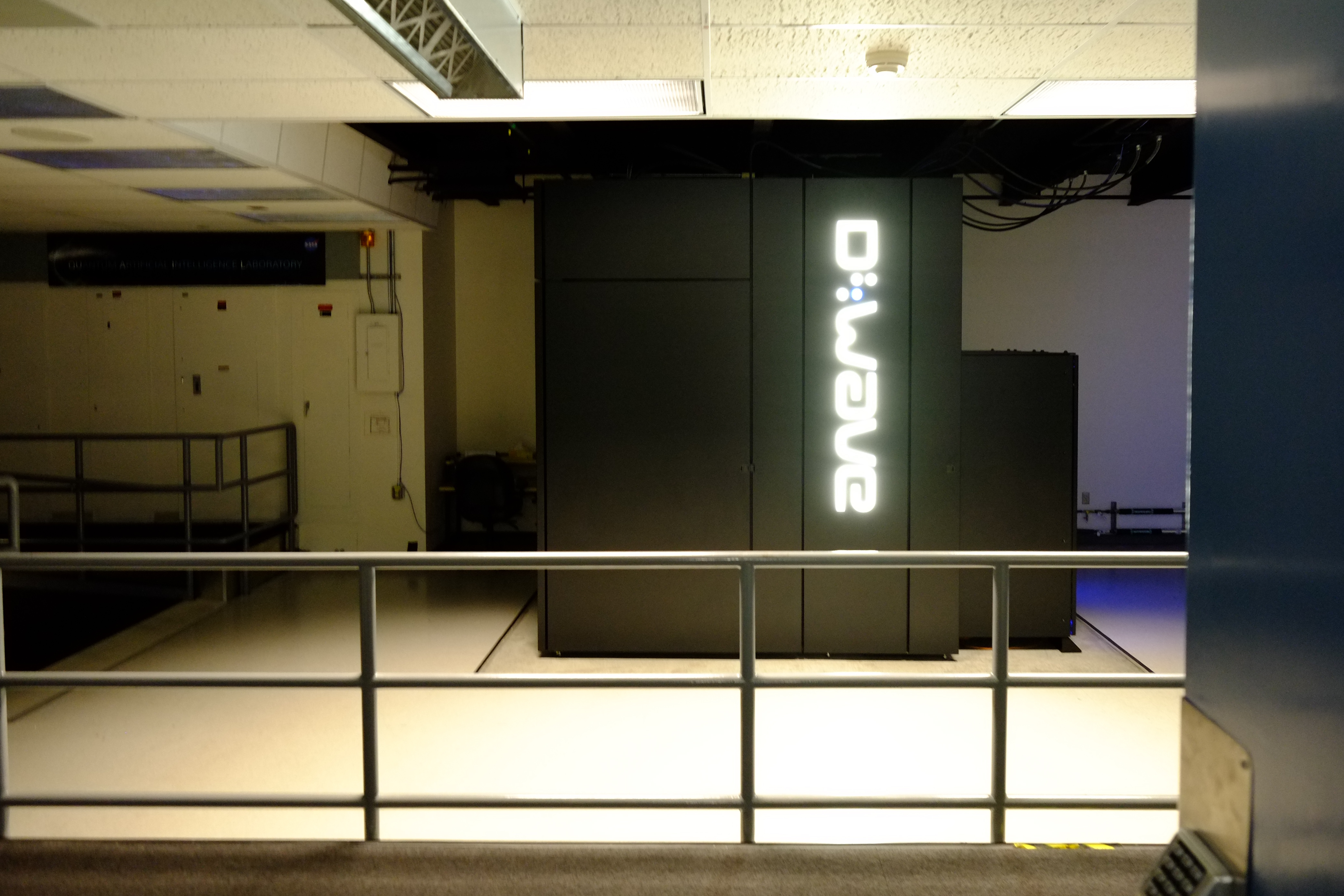
One of the most inspiring lectures was when astronaut Annousheh Ansari was sharing a personal story about how she followed her dreams and became the first privately funded woman to go to the International Space Station.
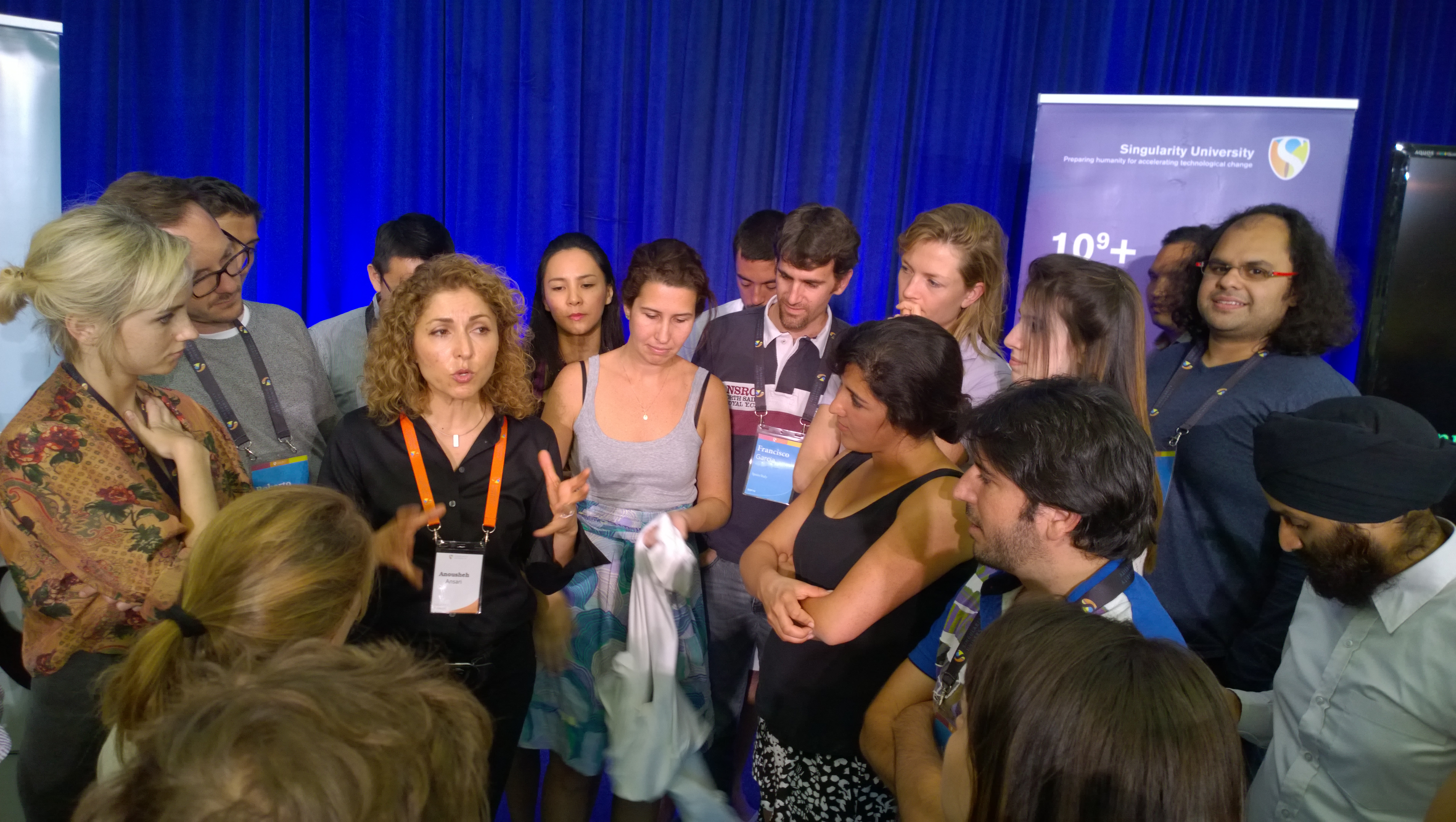
Life on GSP
As the official program is over, the peer-to-peer teaching goes on well beyond midnight. Given that most participants could hold their own lectures on some of the topics, the evenings are booked with peer-to-peer-teaching sessions with topics like Impact Investing, Neuroscience and Space Technology. There are also workshops in marshal arts, yoga and speed-reading. My contribution was a Zen-meditation workshop, an un-conference about Open Source and Open Data. I also held an introduction to Nordic Culture by providing a traditional Midsummer lunch.
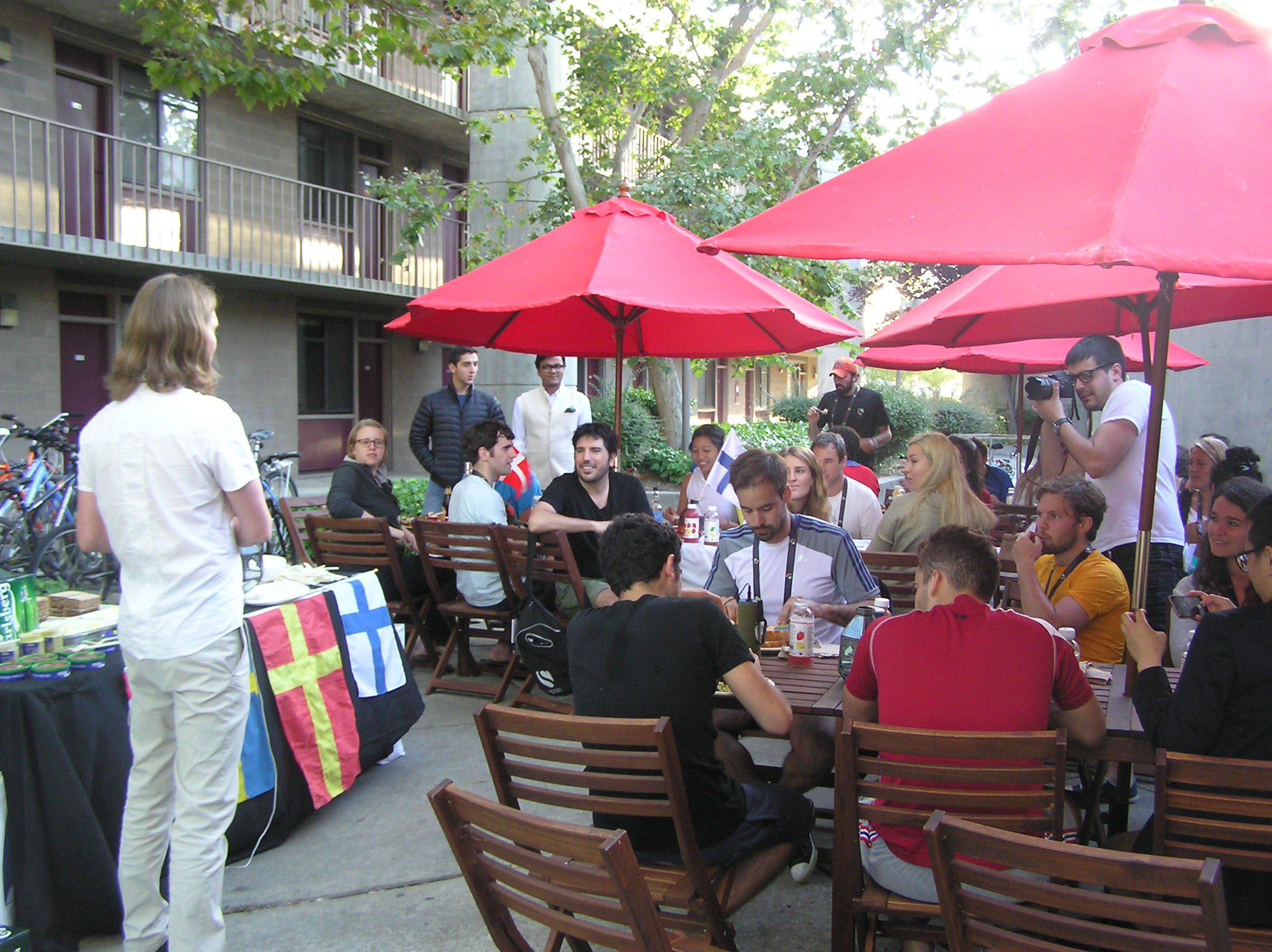
We all live and study within a 100-meter radius. There is one classroom, and everyone follows the same lectures. Organic food is served at regular times 3 times a day. It was an amazing feeling of freedom to spend all of my time studying these exciting, and cutting-edge topics together with people from all over the world. Having worked in the mobile industry for 10 years I felt I had a chance to re-discover my passion for technology.
Making impact
After one week of introduction to accelerating technologies, the second week is spent deep-diving into the biggest problems we have on the planet – the Global Grand Challenges. And this is what SU is all about. By focusing on the biggest problems in the world, and how we can apply accelerating technologies to solve them, we learn how to setup businesses, which makes both impact, and revenue.
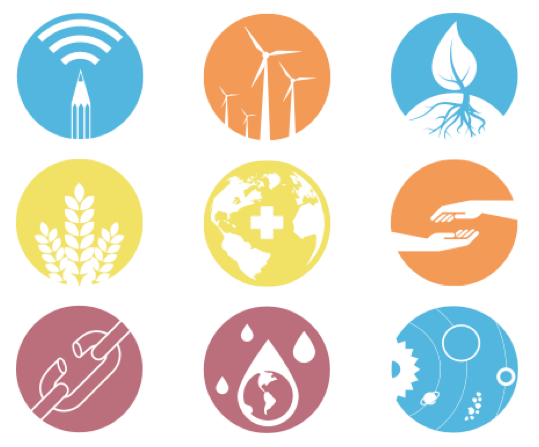
There are many companies claiming that they are “making the world a better place” (anyone seen HBO’s TV-series “Silicon Valley” knows what I’m talking about), but Singularity Universities goal of “affect a billion people in 10 years” is very real, and can be felt both through out the course, and also in the mindset of the brilliant faculty members who are all very dedicated to this goal.
One of my biggest take-away from the summer is that making impact is not only good for your karma, but it’s very possible to combine with a healthy business. And making impact is in fact part of a bigger trend in Silicon Valley where investors are taking a step outside of the Valley to look at the bigger picture. The world is full of consumer convenience applications, and it’s a saturated field with marginal improvements.
In the words of Peter Diamandis:
“The world’s biggest problems are the world’s biggest business opportunities”,
If you can solve a grand challenge, which affects many people, you’re clearly doing something right, and there will always be a way of making a living out of it too.
Technology and Ethics
During GSP we also discussed the ethics around new technology. One example was when Raymond who’s leading the Biotechnology track facilitated a discussion about embryo screening (PGD). We all had different opinions on this. The people against it were arguing that it interferes with nature’s own going, and if we start selecting who will be born and not, we will create a dystopian homogeneous society where all variation is lost. The people that was for it, argued that it should be every parents responsibility to screen for deceases, to avoid premature death of their children. In the evening some of us watched the movie Gattaca, which portraits this issue in an elegant way.
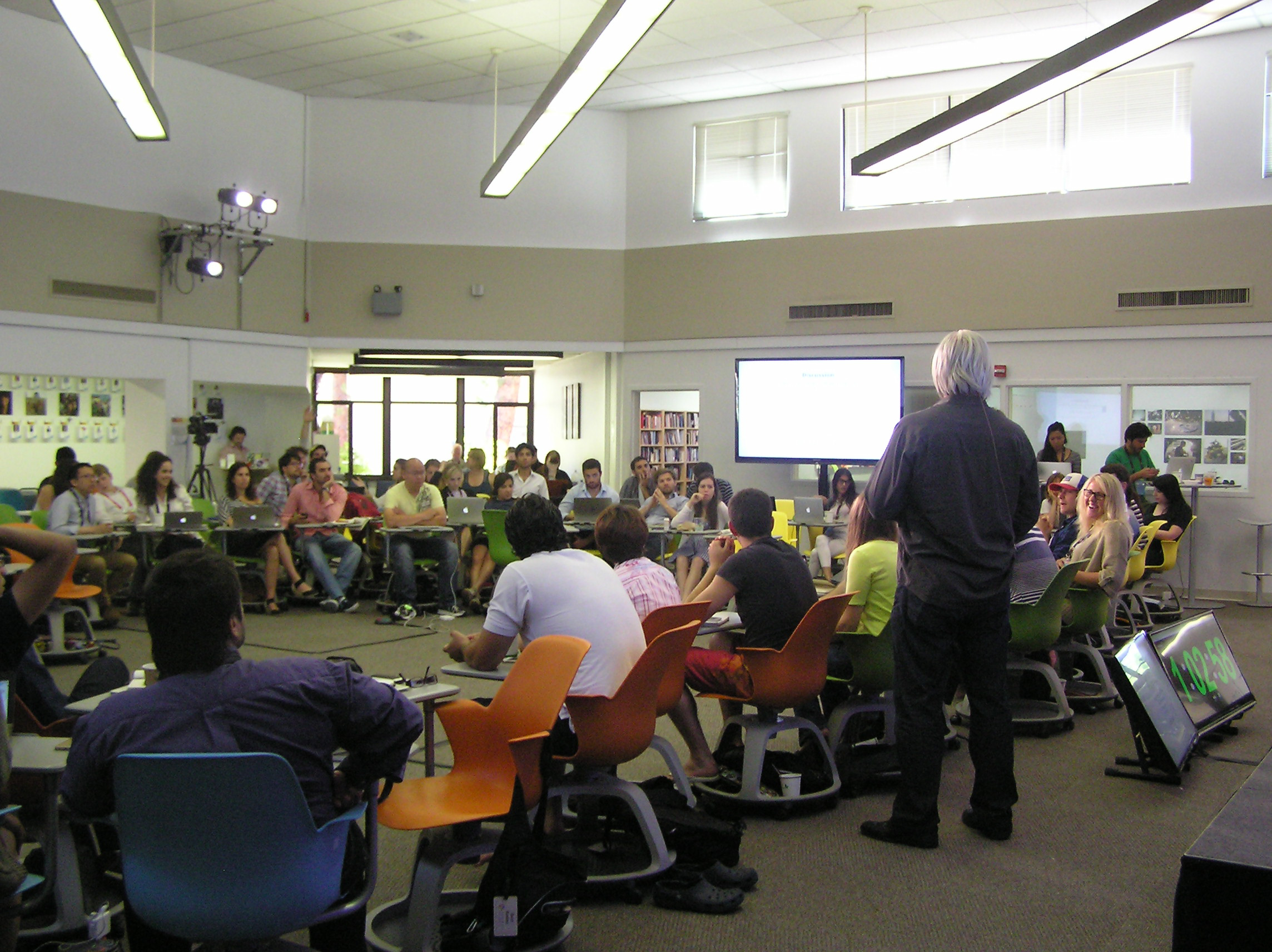
Team projects
After 6 intense weeks of lectures, workshops and site-visits the theory is over, and it’s time for action. We kick off the team projects! Using a dynamic (and somewhat drama filled) team-formation process we all group up in teams of 3-5 people. The work is kicked off with an intense startup-weekend where we practice pitching, record videos and build prototypes. Our team is focusing on using space technology for environmental monitoring. We are 5 people, and are called nuTerra. Besides me – an imaging expert from Sweden – there’s Angela, who is a clean-tech entrepreneur from US/Philipines, Brian from Singapore, who is expert in space technologies, our Chilenian GIS-expert Marc, and Nimay who is a seasoned businessman from the US.
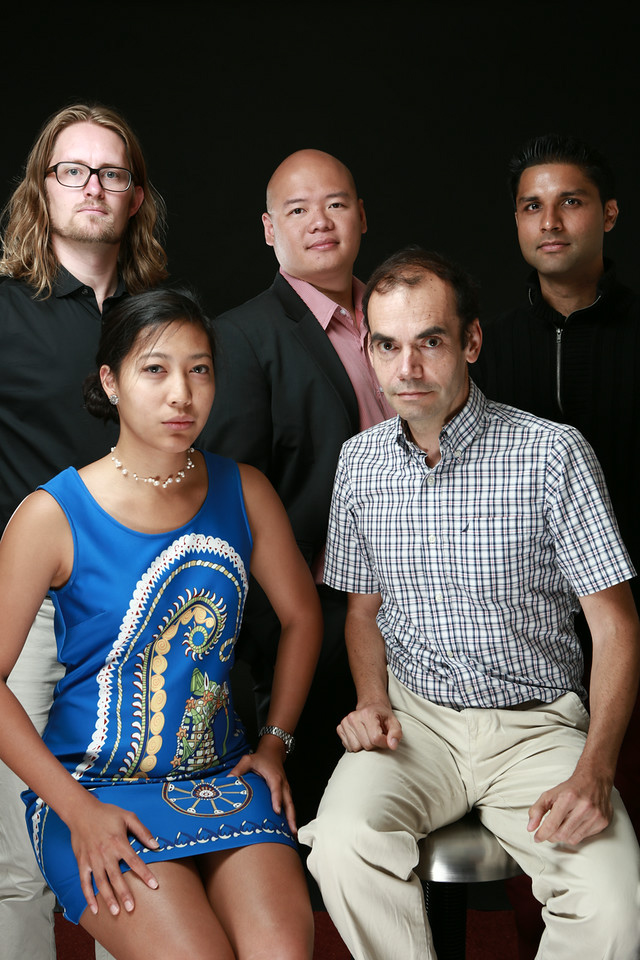
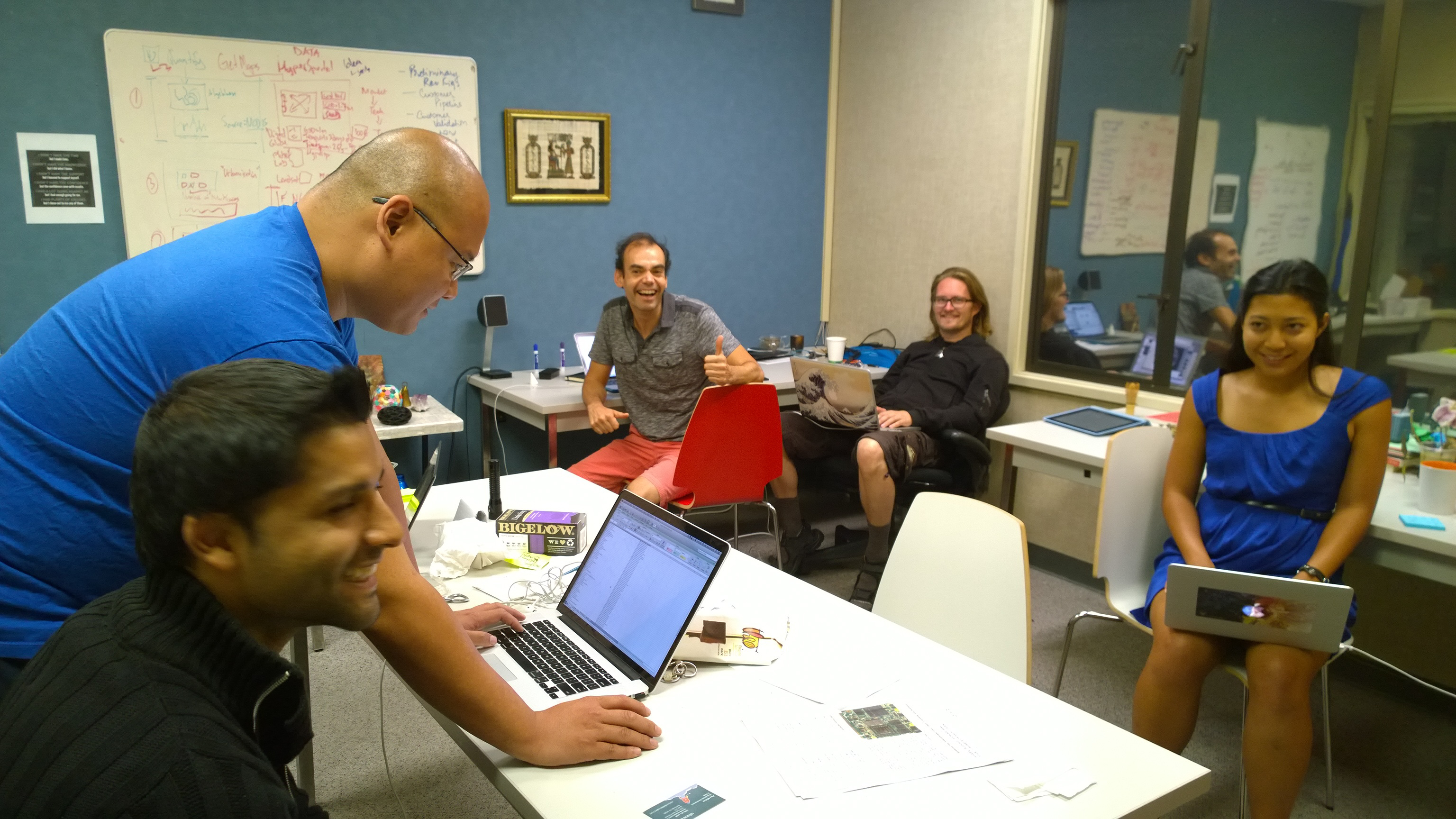
Together we build a platform to turn satellite images into measurable numbers over time, to help quantifying our planet. We’re building software that can take hyperspectral satellite data, and create metrics like area covered in forest, expansion of mines, or the number of ships outside a harbor. Data like this can help governments drive regulations, and help raise awareness of environmental issues. Our team video can be found here
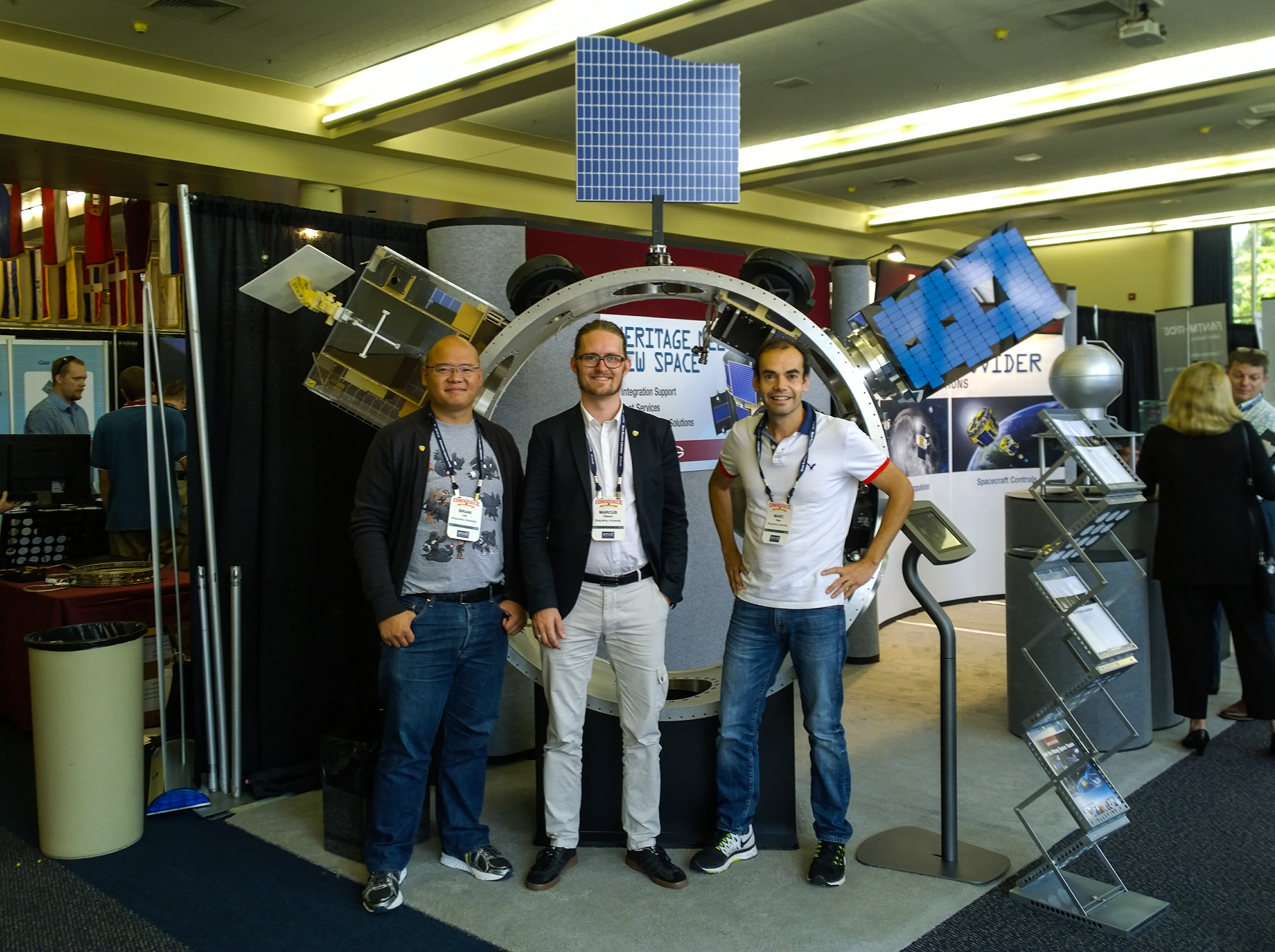
During four weeks all teams work day and night with shaping the business case, building a prototypes and interviewing potential customers. We have many mentoring-sessions with faculty and external professionals, and they all challenge us on how our product will make a positive impact. Once we’ve got the impact right we are questioned on our business case, and then over to impact, and then business case, and so on. Eventually we believe we can do both impact and have a business. You can find all the final video-pitches of our projects here. Spend some time looking at these videos, because there are some very inspiring examples on how to use exponential technologies to create impact. There’s TriDom that reduces the costs of constructing houses in developing countries by turning cranes into 3d-printers, and Mitera that uses saliva to do early cancer detection. There’s Besense that is making a smart-pad which monitors a woman’s health through menstrual blood. Peared that built a smart hearing-aid with a personal assistant, and Bibak that builds an affordable landmine detector. Amazing projects with big and inspirational ideas that will transform this world!
I also want to highlight mirOcolus from last year’s GSP course, as they were featured on this year’s TEDGlobal in Brasil. They met on GSP13, and only one year later they are presenting their product for early cancer detection on TED Global! As they went on stage, they open sourced their product, to encourage further development. I hope that in a year from now we will see at least one project from GSP14 featured at TEDGlobal.
Examination
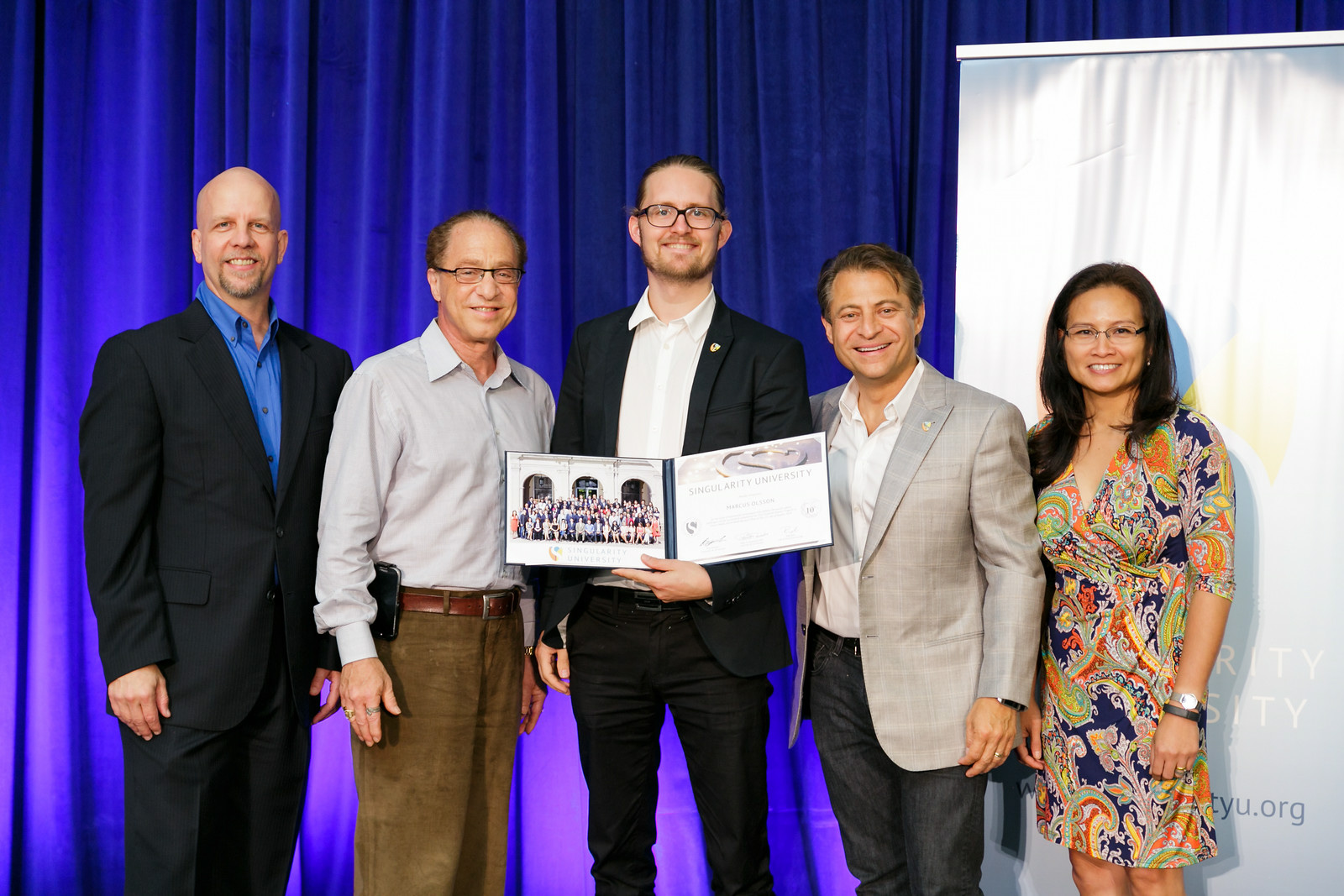
Ross Shott, Ray Kurzweil, Me, Peter Diamandis and Emeline Paat-Dahlstrom
Looking back on what we achieved at Singularity University this summer makes me very proud to be part of this family. It’s a unique place for big ideas, and a powerful network of amazing people. It fills me with hope for humanity, and makes me even more convinced that technology is our friend, and will help us evolve in a positive way.
I’d like to end this article with a quote:
“If you find a prediction reasonable, then it is probably wrong, because the future is not reasonable; it is fantastic!” – Arthur C. Clarke, 1964
